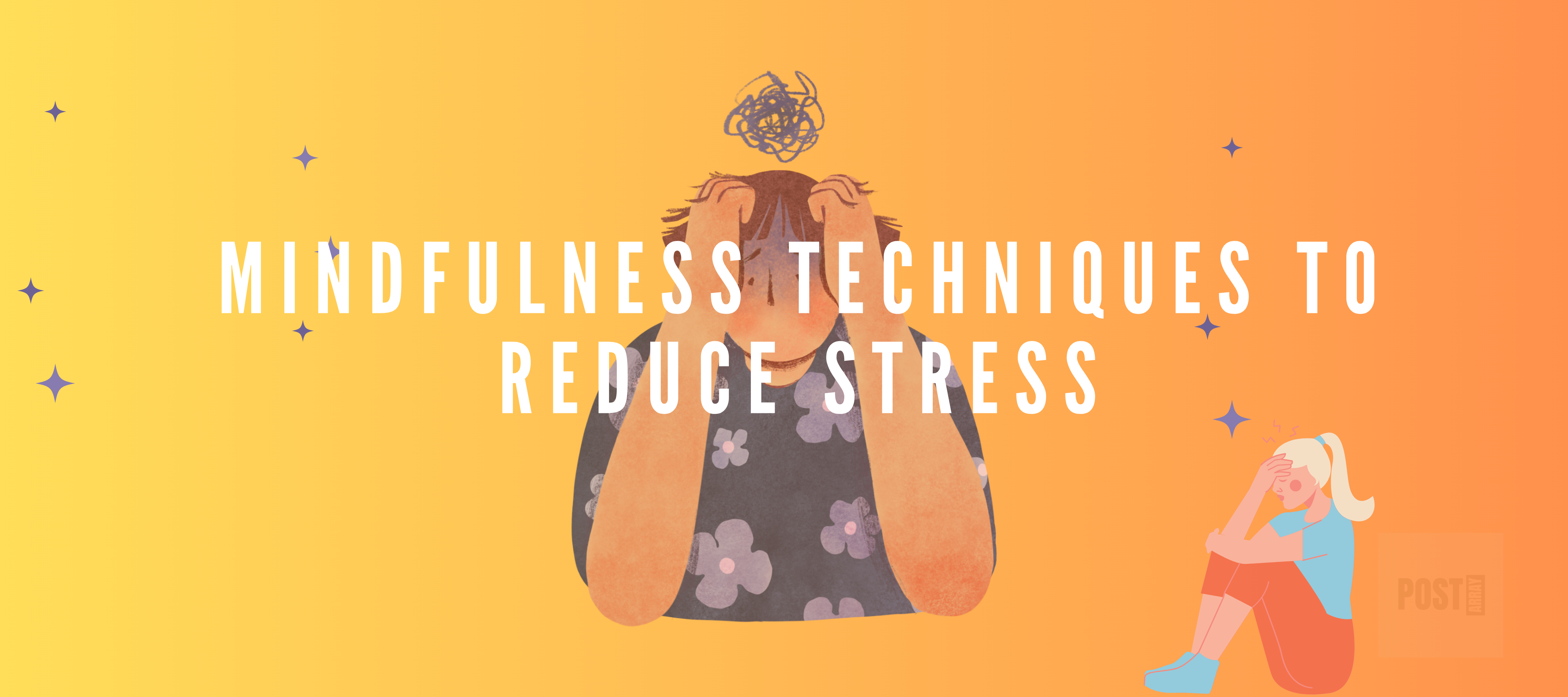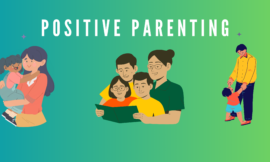In our fast-paced world, stress has become a common part of daily life. From work pressures to personal challenges, it’s easy to feel overwhelmed. Fortunately, mindfulness techniques offer a powerful way to manage and reduce stress. Mindfulness is the practice of being fully present in the moment, aware of where we are and what we’re doing, without being overly reactive or overwhelmed by what’s going on around us. This article will explore various mindfulness techniques that can help reduce stress in 2024, offering practical guidance on how to incorporate these practices into your daily routine.
1. Mindful Breathing
Mindful breathing is one of the simplest and most effective mindfulness techniques. It involves focusing on your breath to bring your attention back to the present moment. This practice helps calm the mind, reduce anxiety, and lower stress levels.
How to Practice Mindful Breathing:
- Find a quiet place to sit or lie down comfortably.
- Close your eyes and take a deep breath in through your nose, allowing your lungs to fill completely.
- Slowly exhale through your mouth, releasing all the air.
- Focus your attention on the sensation of your breath as it moves in and out of your body.
- If your mind starts to wander, gently bring your focus back to your breath.
You can practice mindful breathing for just a few minutes a day or whenever you feel stressed. It’s a portable technique that you can use anytime, anywhere.
For more on the benefits of mindful breathing, visit Mayo Clinic.
2. Body Scan Meditation
Body scan meditation is a mindfulness practice that involves paying attention to the physical sensations in your body. This technique helps you connect with your body, release tension, and promote relaxation.
How to Practice Body Scan Meditation:
- Lie down on your back with your arms at your sides, palms facing up.
- Close your eyes and take a few deep breaths to relax.
- Begin by focusing on your toes, noticing any sensations you feel.
- Gradually move your attention up your body, part by part—feet, legs, abdomen, chest, arms, neck, and head.
- As you focus on each area, breathe into any tension you notice and imagine releasing it with each exhale.
- Continue the scan until you reach the top of your head.
Body scan meditation can be practiced for 10 to 20 minutes, making it an excellent technique for winding down at the end of the day.
For more detailed instructions on body scan meditation, check out Mindful.org.
3. Mindful Eating
Mindful eating is the practice of paying full attention to the experience of eating. This technique helps you develop a healthier relationship with food, reduce overeating, and enjoy your meals more fully.
How to Practice Mindful Eating:
- Start by taking a moment to appreciate your food before you begin eating.
- Notice the colors, textures, and smells of your food.
- Take small bites and chew slowly, savoring each bite.
- Pay attention to the flavors and sensations in your mouth as you eat.
- Listen to your body’s hunger and fullness cues, stopping when you feel satisfied.
Mindful eating can transform your relationship with food, helping you make healthier choices and reduce stress related to eating.
For more on mindful eating practices, visit Harvard Health.
4. Loving-Kindness Meditation
Loving-kindness meditation, also known as Metta meditation, is a practice that involves sending feelings of love and compassion to yourself and others. This technique can help reduce stress, improve emotional resilience, and foster a sense of connection with others.
How to Practice Loving-Kindness Meditation:
- Sit in a comfortable position and close your eyes.
- Take a few deep breaths to relax your body and mind.
- Begin by silently repeating phrases of loving-kindness to yourself, such as “May I be happy, may I be healthy, may I be safe, may I live with ease.”
- After a few minutes, extend these wishes to others, starting with someone you love, then a neutral person, and finally someone you have difficulty with.
- Continue to repeat these phrases, sending love and kindness to all beings.
Loving-kindness meditation can be practiced for 10 to 15 minutes a day, helping to cultivate compassion and reduce negative emotions.
For a guided loving-kindness meditation, visit Greater Good Science Center.
5. Mindful Walking
Mindful walking is a mindfulness practice that involves paying attention to the experience of walking. It’s a simple yet powerful way to reduce stress, clear your mind, and connect with your surroundings.
How to Practice Mindful Walking:
- Find a quiet place where you can walk without distractions.
- Begin walking slowly, paying attention to the sensation of your feet touching the ground.
- Notice the movement of your legs, the rhythm of your steps, and the feeling of your body in motion.
- If your mind starts to wander, gently bring your focus back to the act of walking.
- As you walk, also take note of your surroundings—the sights, sounds, and smells.
Mindful walking can be practiced for just a few minutes or longer, depending on your schedule. It’s an excellent way to incorporate mindfulness into your daily routine.
For more on mindful walking, visit Psychology Today.
6. Mindful Journaling
Journaling is a powerful tool for self-reflection, and when combined with mindfulness, it becomes a method for reducing stress and gaining insight into your thoughts and emotions.
How to Practice Mindful Journaling:
- Set aside time each day to write in a quiet place.
- Start by taking a few deep breaths to center yourself.
- Write about your current thoughts, feelings, and experiences without judgment or censorship.
- Focus on the present moment, describing what you’re experiencing right now.
- If you’re feeling stressed, write about the specific thoughts and situations that are contributing to your stress.
Mindful journaling can help you process emotions, gain clarity, and reduce stress. It’s a practice that you can tailor to your needs, whether you write for a few minutes or longer.
For more tips on mindful journaling, visit Mindful Schools.
7. Mindful Listening
Mindful listening is a practice that involves fully focusing on the sounds around you, whether it’s the voice of someone speaking or the natural sounds in your environment. This practice helps improve concentration, deepen connections with others, and reduce stress.
How to Practice Mindful Listening:
- Find a quiet place where you can sit or lie down comfortably.
- Close your eyes and take a few deep breaths to relax.
- Focus your attention on the sounds around you, without labeling or judging them.
- If your mind starts to wander, gently bring your focus back to the sounds.
- Practice listening without trying to control or change what you hear—simply observe and accept the sounds as they are.
Mindful listening can be practiced for a few minutes each day, helping you become more present and aware of your environment.
For more on mindful listening, visit Headspace.
8. Mindful Stretching
Mindful stretching combines mindfulness with gentle physical movement. This practice helps release tension, improve flexibility, and reduce stress.
How to Practice Mindful Stretching:
- Find a quiet space where you can move freely.
- Begin with a few deep breaths to center yourself.
- As you stretch, focus on the sensation of the stretch in your muscles.
- Move slowly and deliberately, paying attention to how your body feels with each movement.
- If your mind starts to wander, gently bring your focus back to the stretch.
Mindful stretching can be incorporated into your daily routine, especially in the morning or before bed, to help relax your body and mind.
For more on mindful stretching techniques, visit Yoga Journal.
9. Gratitude Practice
Gratitude practice is a mindfulness technique that involves focusing on the positive aspects of your life. Practicing gratitude has been shown to reduce stress, improve mood, and enhance overall well-being.
How to Practice Gratitude:
- Set aside a few minutes each day to reflect on what you’re grateful for.
- Write down three to five things you’re thankful for, whether big or small.
- As you write, take a moment to fully appreciate each item on your list.
- Try to focus on different aspects of your life each day to broaden your perspective.
Practicing gratitude regularly can shift your mindset from focusing on stress to appreciating the good things in your life.
For more on the benefits of gratitude, visit Harvard Health.
10. Mindful Technology Use
In today’s digital age, technology can be both a source of stress and a tool for mindfulness. Mindful technology use involves being intentional about how you interact with devices to reduce stress and enhance your well-being.
How to Practice Mindful Technology Use:
- Set Boundaries: Establish specific times of day when you will engage with technology and when you will disconnect. For example, avoid using your phone during meals or before bed.
- Be Intentional: Before reaching for your phone or opening your laptop, take a moment to ask yourself why you are doing so. Are you using technology for a specific purpose, or are you using it out of habit?
- Limit Notifications: Turn off non-essential notifications on your devices to reduce distractions and allow yourself to focus on the task at hand.
- Take Breaks: Make it a habit to step away from your screens regularly. Practice the 20-20-20 rule: Every 20 minutes, look at something 20 feet away for 20 seconds to reduce eye strain and mental fatigue.
- Engage Mindfully: When using technology, focus on one task at a time. Avoid multitasking and give your full attention to the content or task you’re engaging with.
By practicing mindful technology use, you can reduce the stress associated with constant connectivity and create a healthier relationship with your devices.
For more tips on managing digital stress, visit Digital Detox.
Conclusion
Mindfulness offers a powerful set of tools to help manage and reduce stress in our increasingly hectic world. By incorporating these techniques into your daily routine, you can cultivate greater awareness, resilience, and peace of mind. Whether it’s through mindful breathing, body scan meditation, or mindful technology use, these practices can help you navigate the challenges of 2024 with greater ease and balance.
Remember, mindfulness is a journey, not a destination. It’s about consistently bringing your attention back to the present moment, even when distractions arise. Start with one or two techniques that resonate with you, and gradually expand your practice over time. As you do, you’ll likely find that mindfulness not only reduces stress but also enhances your overall well-being.
For further reading on mindfulness and stress reduction, check out these resources:
By embracing mindfulness in 2024, you can take proactive steps to manage stress and lead a more balanced and fulfilling life.





